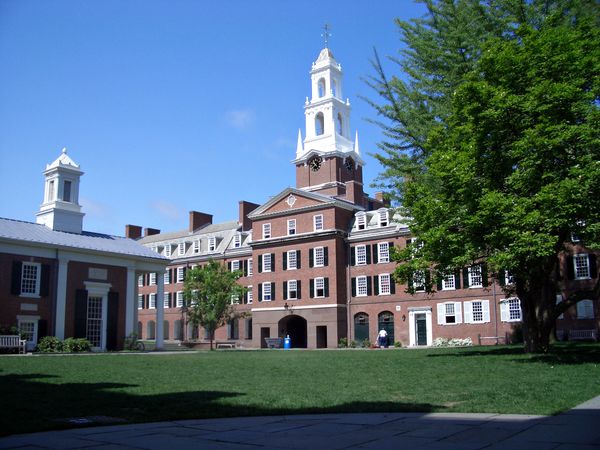It seems the only thing people can agree on in the context of immigration is the apparent fact that people drastically disagree on immigration policy. Some desire amnesty for current illegal immigrants, some strongly oppose immigrants (especially illegal ones) and others lie somewhere in the middle of both extremes. Though everyone has a (generally) heated opinion on this topic, personal experience has proven to me that not many people are heavily educated on the subject. I have asked people to defend their beliefs by reiterating exactly how people can immigrate to the United States and many fall short of this challenge. After reading this article, however, I hope more people will gain an understanding of current immigration policy.
There are four major ways one can immigrate to the United States: through family-based immigration, employment-based immigration, status as a refugee or asylee, or through the Diversity Visa Program.
To begin, family-based immigration is split into a family preferred system with different tiers based on ease of immigration. Candidates who are immediate relatives of US Citizens can most easily immigrate, accounting for a slight portion on the constantly growing immigration waiting list. The United States defines immediate relatives as the spouses of citizens, unmarried minor children of citizens, or parents of citizens who are over twenty-one. The next few tiers of the family preferred system include acceptance for adult children, married children and siblings of US citizens. Siblings of US citizens comprise the last tier, and as such wait the longest to become citizens. The Center for Immigration Studies reports that siblings who want to immigrate wait on average thirteen years for the process to be completed. This number fluctuates depending on past citizenship. For instance, sibling related candidates from Mexico wait eighteen years to enter the United States.
The next way to immigrate to the United States is through employment-based immigration. One can either obtain a temporary visa or permanent resident status. There are many different types of temporary work visas; some examples include transfers within a company, those in religious work, athletes, or diplomats. Those who want permanent resident status through employment generally need a US company as a sponsor. However, one can apply for a work-related visa while sponsoring oneself. This route mainly works for top researchers, executives, those holding advanced degrees, or entrepreneurial investors who can invest at least $500k into a business. Though employment-based immigration is one of the easier ways to immigrate to the States, it is beneficial only for highly skilled immigrants, especially those in the fields of science, technology, engineering, or math. (as reported by the American Immigration Council)
Refugees or those seeking asylum can also become United States citizens. The United States defines a refugee as someone who cannot return to his or her country due to persecution, generally from belonging to a religious, racial, or political group. The United States caps this number at 85,000 per year. Someone who already lives in the United States and needs protection is considered as seeking asylum, and can file for this upon arrival or within a year of arrival to the country.
The last way to immigrate to the States is through the Diversity Visa Program. Essentially, this program is a random computer-generated lottery that selects candidates from regions with low immigration rates. In past years this program has especially benefited Africans and Eastern Europeans, according to the American Immigration Council.
Based on this information, there are several questions one can ask about current policy. Does US policy apply to all people from all countries, or only people with certain abilities or family ties? Does our definition of a refugee as one who is persecuted protect people against violence in their countries if it is not directed at them? Why does it take thirteen plus years for someone to immigrate with a family member already here? Is there much to be desired from current immigration policy?





















